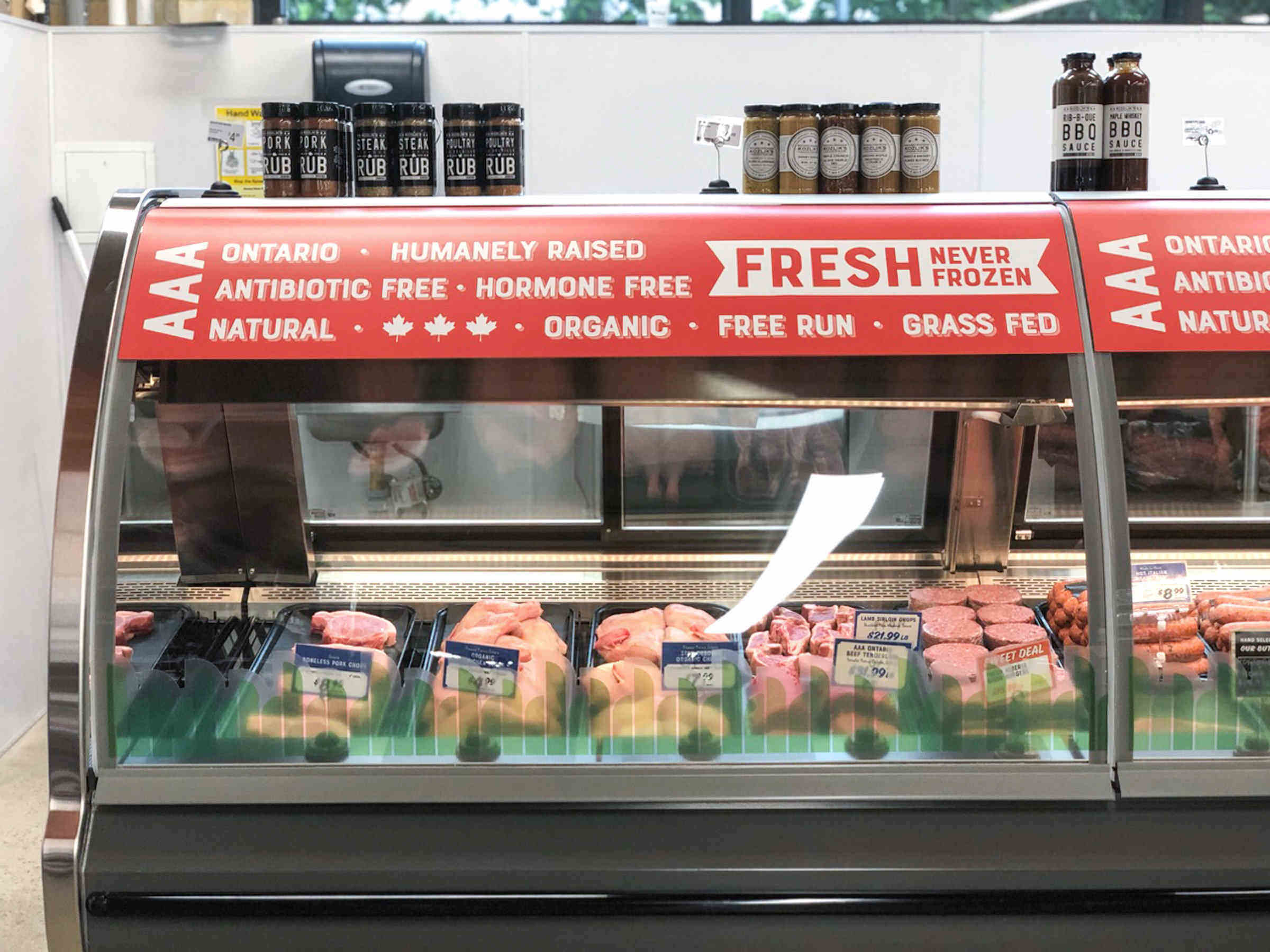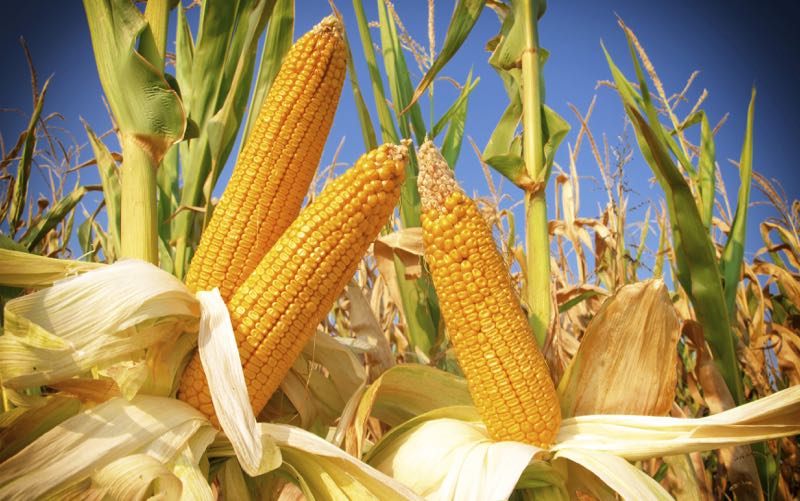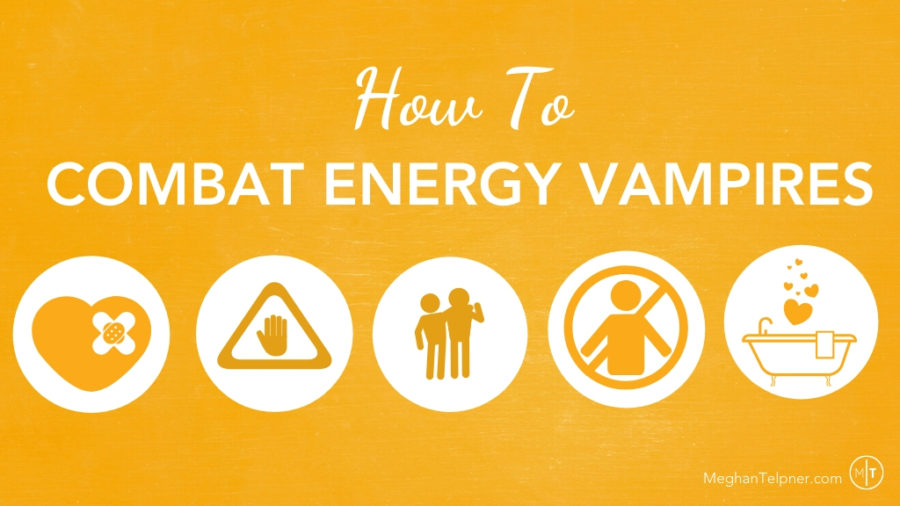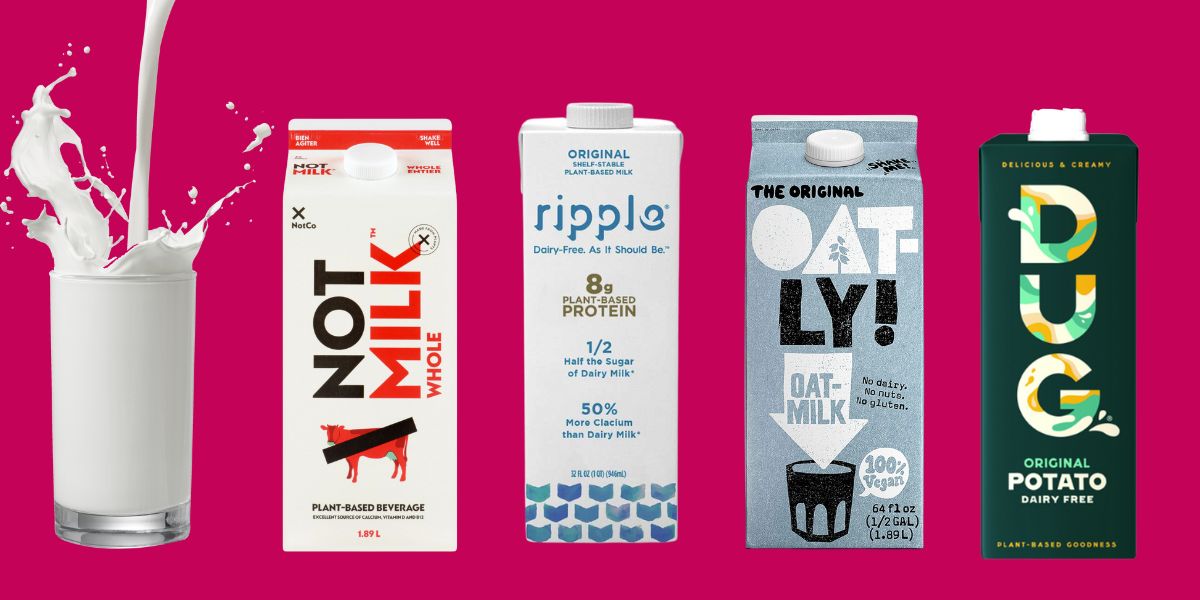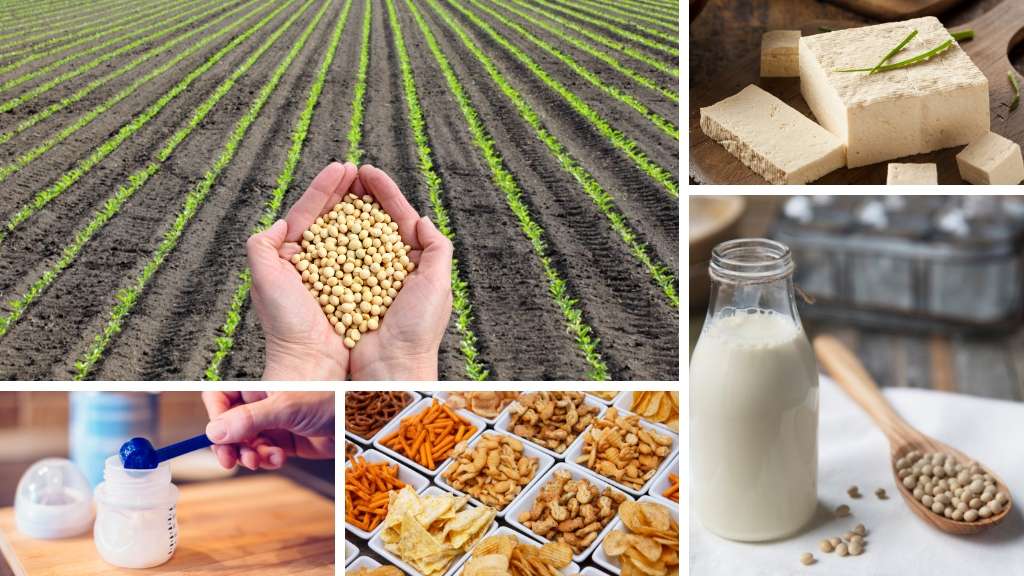Plant-Based Protein: A Culinary Nutrition Guide
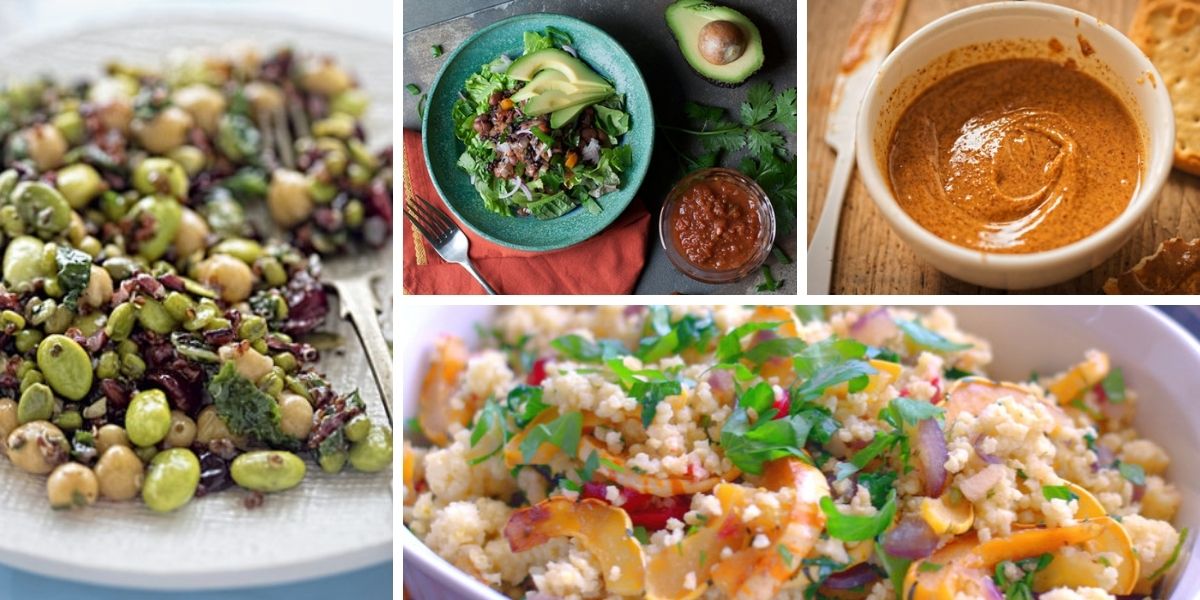
If you’ve ever followed a vegan or vegetarian diet, you’ve likely heard this question repeatedly: “But where do you get your protein from?” You may even have a seasoned response already! The terms ‘protein’ and ‘meat’ are often used interchangeably, but they aren’t synonyms. There are plant-based protein sources and animal-based protein sources, each with their unique nutrients, qualities, benefits and drawbacks.
Here at the Academy of Culinary Nutrition we are supportive of and inclusive of all dietary styles. We respect that some people will thrive on a vegetarian diet or vegan diet, and others are more balanced when they include animal-sourced protein. No matter what you determine is the right choice for you, we’re here to help you make educated decisions for your optimal health, your family’s health and in supporting our planet.
In this guide on plant-based proteins, we’ll walk you through the world of plant-based protein and help you determine the best sources, the advantages and disadvantages, and how to use plant-based proteins in recipes.
What Is Protein?
Protein is a macronutrient and it’s made up of different chains of smaller amino acids, like beads on a necklace. There are 20 amino acids in our bodies. During digestion, we break down proteins into their amino acids and use them for many essential functions throughout the body.
Some amino acids are essential, and those are the ones we cannot make ourselves and must get through our diet. There are nine essential amino acids we can obtain from food; the rest we can create.
Health Benefits of Protein and Plant-Based Protein
We need protein for many functions and to support optimal health. Generally speaking, protein is crucial for:
- healing and repair
- muscle growth
- the production of enzymes and hormones
- immune health
- energy, blood sugar balance and satiety
In addition to their amino acids, plant-based proteins are abundant sources of antioxidants, fibre, vitamins and minerals.
Research indicates that plant-based protein foods are associated with a lower risk of diabetes, cancer, cardiovascular disease and all-cause mortality. As another side benefit, plant-based protein typically has a smaller carbon footprint than animal foods, making it a more environmentally friendly option.
Common Plant-Based Protein Sources
Nuts and Seeds
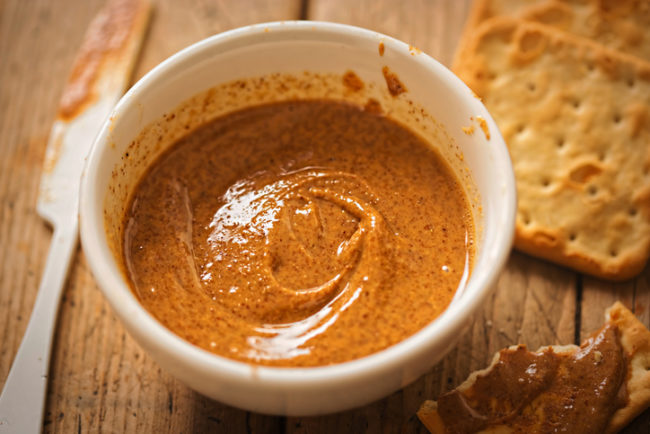
Image: baibaz on iStock
All varieties of nuts and seeds contain decent amounts of protein. We’ve highlighted some of the highest protein nuts and seeds below for your reference, along with their approximate grams of protein per ounce.
High Protein Nuts
- Almonds: 6 grams per 1 ounce
- Pistachios: 6 grams per 1 ounce
- Walnuts: 4.3 grams per 1 ounce
- Cashews: 4.3 grams per 1 ounce
High Protein Seeds
- Hemp Seeds: 9 grams per 1 ounce
- Pumpkin Seeds: 9 grams per 1 ounce
- Sunflower Seeds: 5.5 grams per 1 ounce
- Flax Seeds: 5.2 grams per 1 ounce
- Chia Seeds: 4.7 grams per 1 ounce
* Tip: One of our favourite ways to use nuts and seeds are nut and seed butters! Learn how to make them yourself here.
Other protein-rich nut and seed recipes to try:
- Chocolate Almond Oat Bars
- 22 Best Dairy-Free Cheese Recipes
- Simple Chocolate Hemp Spread
- Peanut-Free Peanut Sauce
Grains
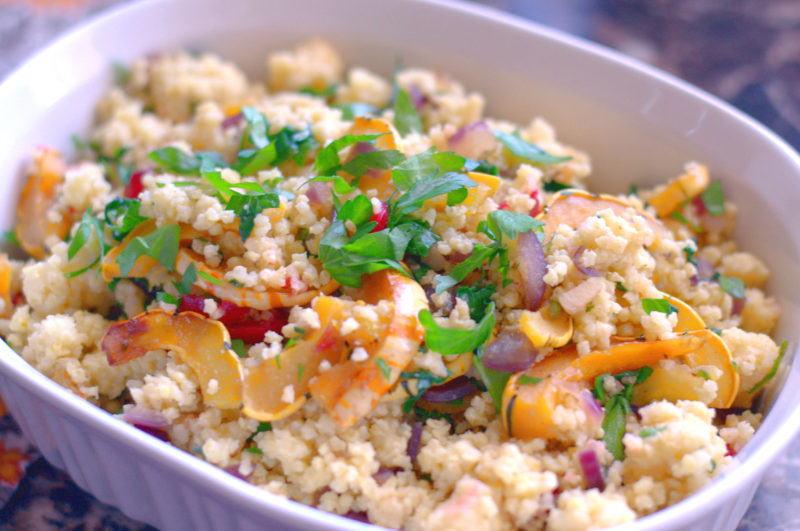
We opt for gluten-free grains when we consume them. We’ve highlighted some of the highest-protein grains below, along with the number of grams per cooked cup.
- Teff: 9.2 grams per cup
- Quinoa: 8 grams per cup
- Wild Rice: 6.5 grams per cup
- Millet: 6.1 grams per cup
- Oats: 5.9 grams per cup
*Tip: Always end up with a mushy pot of grains? Grab our guide to cooking gluten-free grains here.
You’re going to love these grain-based, plant-based protein recipes:
- Wild Rice Protein Power Salad
- Quinoa, Bean and Lentil Salad
- Roasted Harvest Squash and Millet
- Apple Cinnamon Protein Overnight Oats
Get your FREE Guide to Cooking Beans and Grains plus 35 more free resources!
Fill out the form below for instant access.Free Resource Library
Enjoy more than 40 downloadable guides, recipes, and resources.
Beans and Legumes
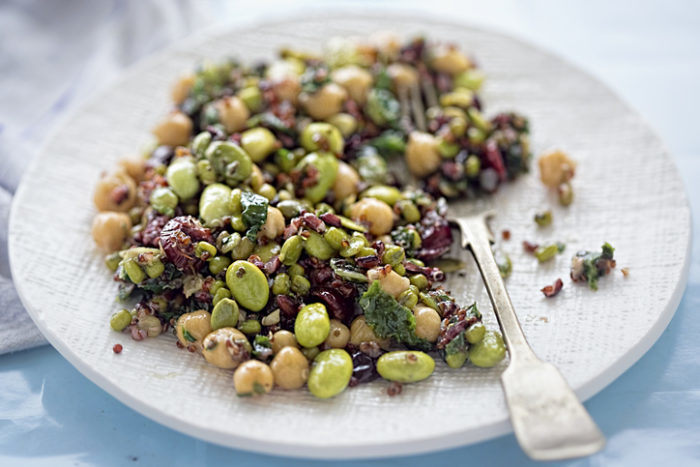
Like nuts and seeds, bean varieties are chock-full of plant-based proteins. These are some of the highest per cooked cup in protein.
- Soybeans: 31 grams per cup
- Lentils: 18 grams per cup
- Split Peas: 16.3 grams per cup
- Pinto Beans: 15.4 grams per cup
- Kidney Beans: 15.3 grams per cup
- Black Beans: 15.2 grams per cup
* Hey, what about chickpeas? We love ’em too (especially in hummus recipes), and they have about 14 grams of protein per cup.
Give one (or all) of these bean-based recipes a whirl:
- Veggie Burrito Bowls
- 10 Ways to Use Chickpeas
- Crunchy Roasted Chickpeas
- One Pot FODMAP-Friendly Dahl
- Sweet Potato and Lentil Goulash
- Savory Butternut Squash and Lentil Muffins
Vegetables
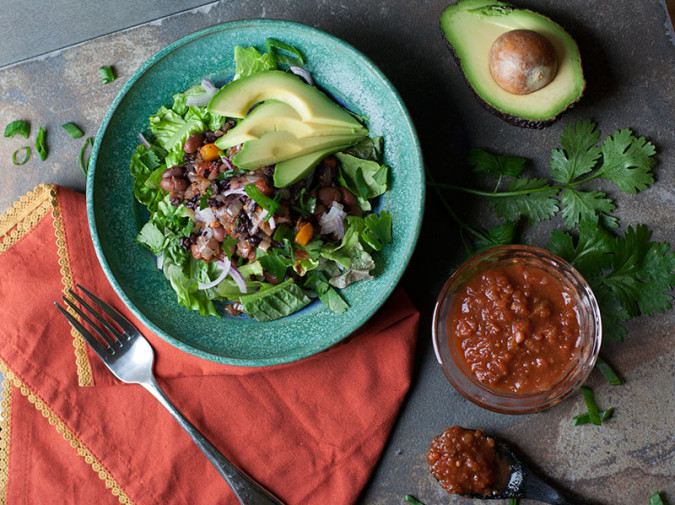
Yes, even vegetables contain small amounts of plant-based protein! These are some of the veggies with the highest amounts.
- Green Peas: 8.5 grams per cooked cup
- Spinach: 5 grams per cooked cup
- Asparagus: 4.3 grams per cooked cup
- Brussel Sprouts: 4 grams per cooked cup
- Broccoli: 3.7 grams per cooked cup
* Culinary Nutrition Tip: Looking for ways to include more protein (of any kind) in your diet? We’ve got 21 suggestions to help.
Complete Vs. Incomplete Proteins and Protein Combining
Many plant-based protein sources are incomplete, meaning they don’t contain all of the essential amino acids we require in our diets, while animal foods are complete proteins because they do. There are a few exceptions – for example, quinoa, hemp seeds and soy products are complete plant-based proteins.
For many decades, nutrition experts recommended vegans and vegetarians practice protein combining to ensure they consumed complete proteins with every meal. This involved eating at least two complementary proteins, such as rice and beans, at every meal.
This theory has been debunked. Amino acids don’t pass through our system quickly, like certain other nutrients such as water-soluble vitamins. Instead, if vegans and vegetarians consume a plethora of plant-based foods regularly they will gather the protein they need.
Downsides of Plant-Based Proteins
Solely consuming plant-based proteins can present eaters with certain challenges in the short and long-term. While this doesn’t mean a plants-only diet is detrimental, it’s important to be aware of some of the drawbacks.
Digestion
With any dietary philosophy we follow, it isn’t just about what we eat – we also need to ensure we’re able to digest, absorb, assimilate and use the nutrients in our food. Plant-based proteins have anti-nutrients (for example, phytic acid and lectins) that may interfere with our ability to digest and absorb those foods. The good news is there are ways that we can boost nutrient availability through specific methods such as soaking, cooking, fermenting and sprouting to mitigate the effects of many anti-nutrients.
Plant-based proteins are also usually high in fibre and complex carbohydrates, both of which are beneficial to health but can be difficult to digest if our gut isn’t functioning optimally.
Resources to Help With Digestion
- 14 Best Foods For Digestion
- Episode 24: Digestion – A Critical Part of Health We Often Ignore
- Episode 26: How to Rebuild the Microbiome – And Why This Is Essential
Increased Volume of Plant-Based Protein
Sometimes to meet our adequate protein requirements we may need to consume a larger volume of those plant-based protein foods, which may or may not be doable depending on the person.
For example, a palm-sized piece of salmon has 20 grams of protein. We’d need to eat almost 3 cups worth of quinoa to equal that 20 grams. Most of us would have a tricky time downing three cups of quinoa in one sitting, whereas it’s much easier to eat a palm-sized piece of fish. In this way, animal proteins can be more efficient.
Otherwise, if they physically can’t consume enough food, vegans and vegetarians may need to supplement with protein powders to up their protein.
Food Allergies
Popular plant-based proteins such as nuts, seeds and soy products are common allergens, especially in children.
Missing Certain Nutrients
Plant-based proteins are lower in certain essential amino acids such as lysine, methionine and tryptophan. Also, aside from the protein component, plant-based foods don’t have Vitamin B12 or heme iron, and are scarce in Vitamin D3.
Whole Food Plant-Based Protein vs Vegan Meat Substitutes
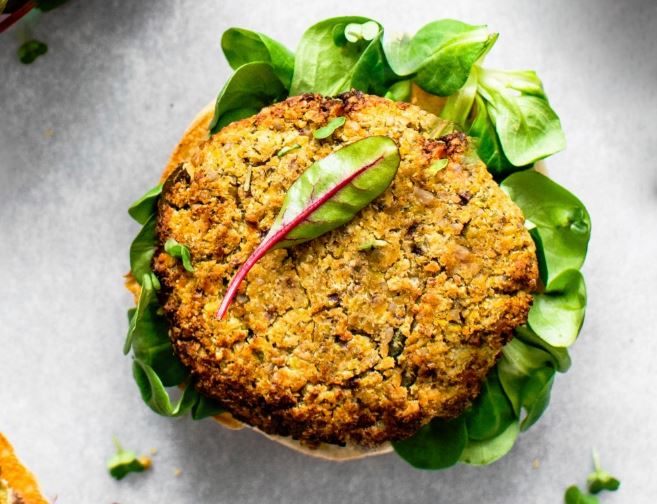
As a culinary school focused on optimal nutrition, we prefer to glean our plant-based protein from whole foods as much as possible.
Over the last several years, however, there’s been a rise in vegan specialty items and meat substitutes. Many popular store-bought vegan meat substitutes are highly processed and contain unhealthful oils, refined flours, starches and sugars, natural flavours, preservatives, protein isolates and veggie powders. They are typically far removed from the plant-based proteins they proclaim to have on the package. Sure, these products may be high in protein but the benefits of those grams of protein likely don’t outweigh or offset the ingredients that detract from our health.
Instead, we recommend trying these awesome whole food vegan meat substitutes.
There are a number of reasons why vegans or vegetarians may choose to supplement their diet with vegan protein isolates such as soy, hemp, brown rice, or pea protein. Check out this guide to protein powders for the best vegan options.
Are Plant Proteins Better Than Animal Proteins?
Both plant and animal protein sources contain amino acids, simply in various amounts. The differences emerge when you look at the other nutrients that go along with either plant proteins or animals, as well as when you take a step back and examine the broader context.
Unless you’re on an incredibly extreme diet, you’re not going to be eating protein (animal or plant) exclusively. Most of us eat a variety of foods on an ongoing basis. It’s challenging to isolate the protein in our diets, specifically those in whole foods, from other food, health and lifestyle habits as the main determining factor for our health. Evidence shows that plant-based protein is good for us, but the research is inconclusive and inconsistent that the amino acids found in plant-based proteins are always the superior option because there are so many additional confounding factors, including:
- quality of protein sources
- additional nutrient density in the diet
- consumption of fats and oils and their quality
- consumption of starchy and sugary foods
- how much water we drink
- exercise and activity level
- sleep
- alcohol, tobacco or drug use
We would argue that a small amount of quality, grass-fed organic meat is going to provide you with more nutrients and have a more positive impact on health than a genetically modified soy ‘chickn’ nugget. A home-cooked lentil stew is more beneficial than a fast-food triple cheeseburger. Quality and context matter.
Whether you’re a vegan, vegetarian or omnivore, there’s no doubt that including plant-based protein in your diet will bring you numerous benefits.
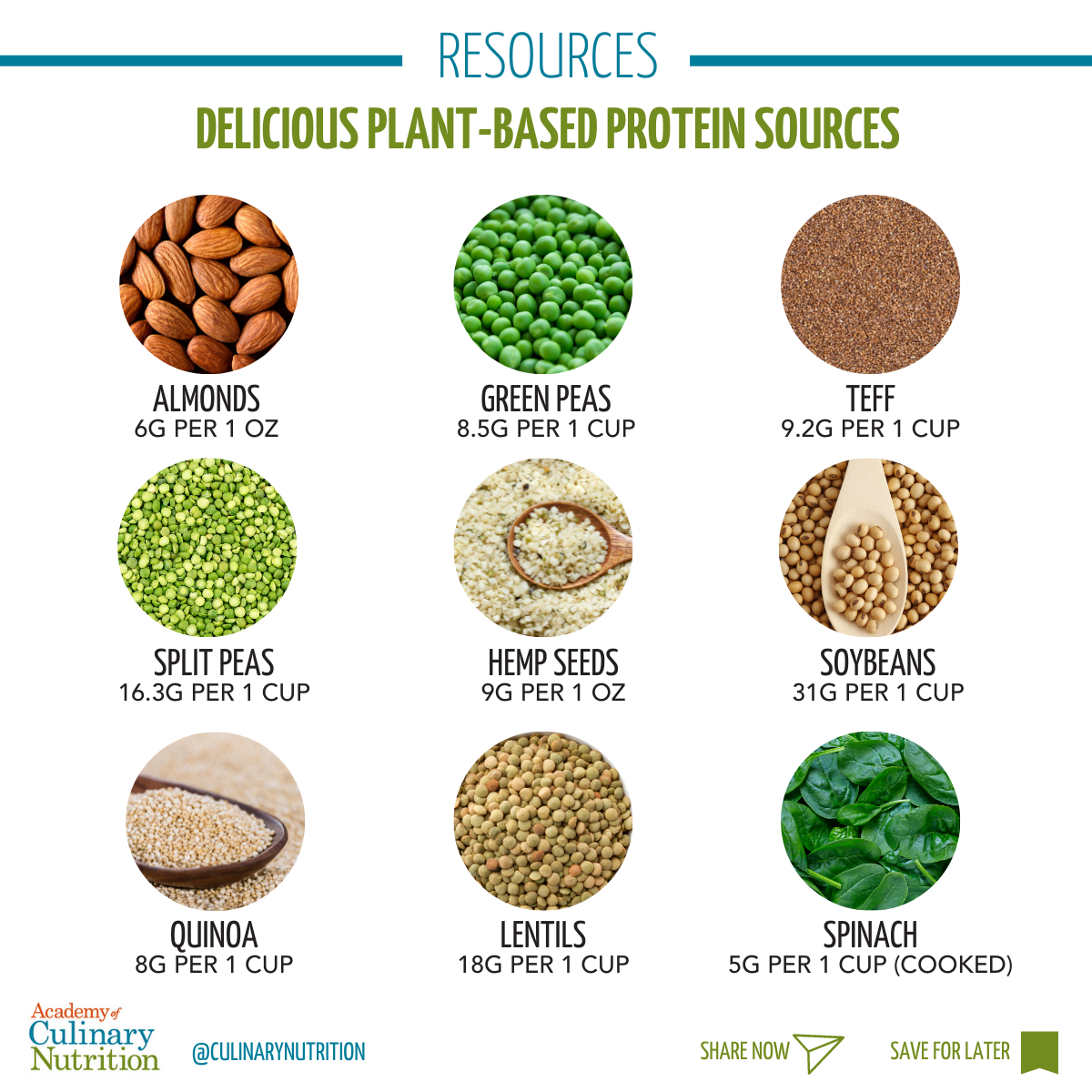
Free Resource Library
Enjoy more than 40 downloadable guides, recipes, and resources.

















